Gender distinctions manifest within the school-yards as observed throught divergent patterns of behavior of the children .
It is essential to emphasise that these distinctions should not perclude the pursuit of equality.
What children say about school-yards?
What do you like in your school-yard? What do you dream about?
The Convention on the Rights of the Child Article 31 says that the child has a right to rest and leisure, to engage in play,to participate freely in cultural life and the arts.The child has equal opportunities for cultural, artistic, recreational and leisure activity.
The school playground is the first public space for children where they learn to cooperate, live in a community and organize, outside the strict control of adults. The rules are less rigid here than in the classroom, so in this space you can clearly see the stereotypical social and cultural gender roles imposed. School, which shapes a human from an early age, unfortunately often unconsciously duplicates and perpetuates subsequent traditional “norms”.
The occupation and use of central spaces, i.e. those considered the most valuable, takes place in accordance with the hierarchy of power, in which there are those who have the right to this space and those who do not have these rights and are automatically excluded from it.
WHAT WE DO
- Architectural consulting to improve equity spaces
- Analysis ane research of the school spaces
- Workshops for children, teachers and communities
- Educational activity around school-yard
- Design and construction projects
Research phases

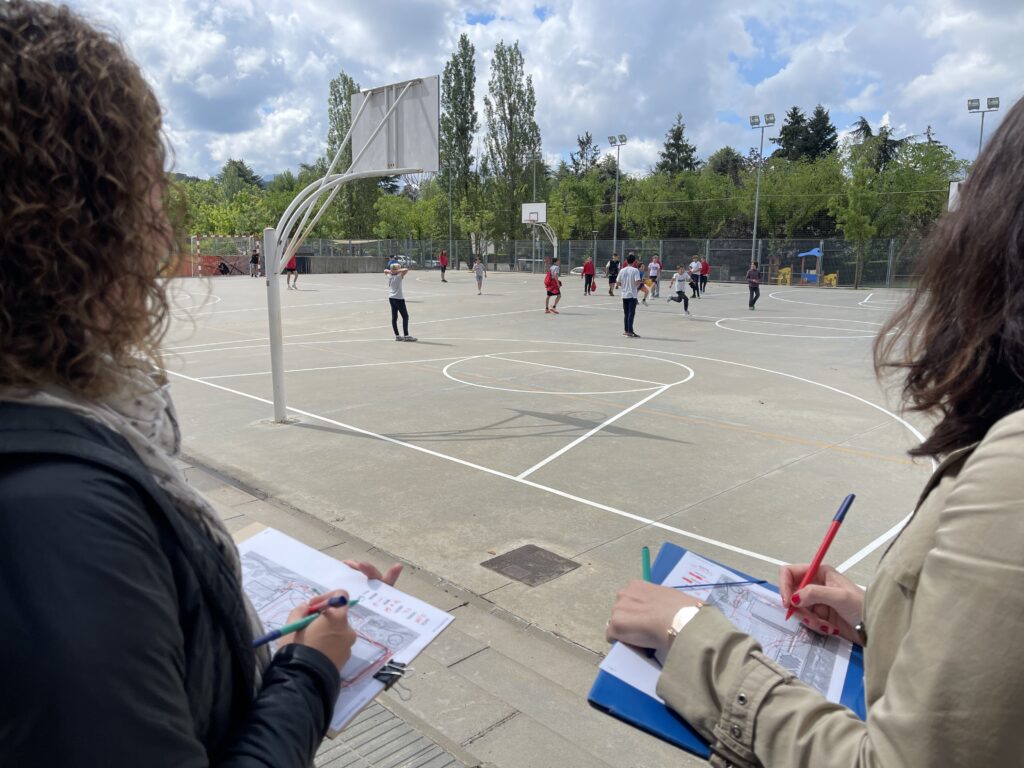



LISTEN AND OBSERVE
The schoolyard is a rich learning laboratory where students learn the complexities of the world. Listen attentively to the users of the space. Listen the sounds of the environment, discerning the chirping of birds, the chatter of classmates, and the rustle of leaves in the wind. Through careful observation, notice patterns in behavior,
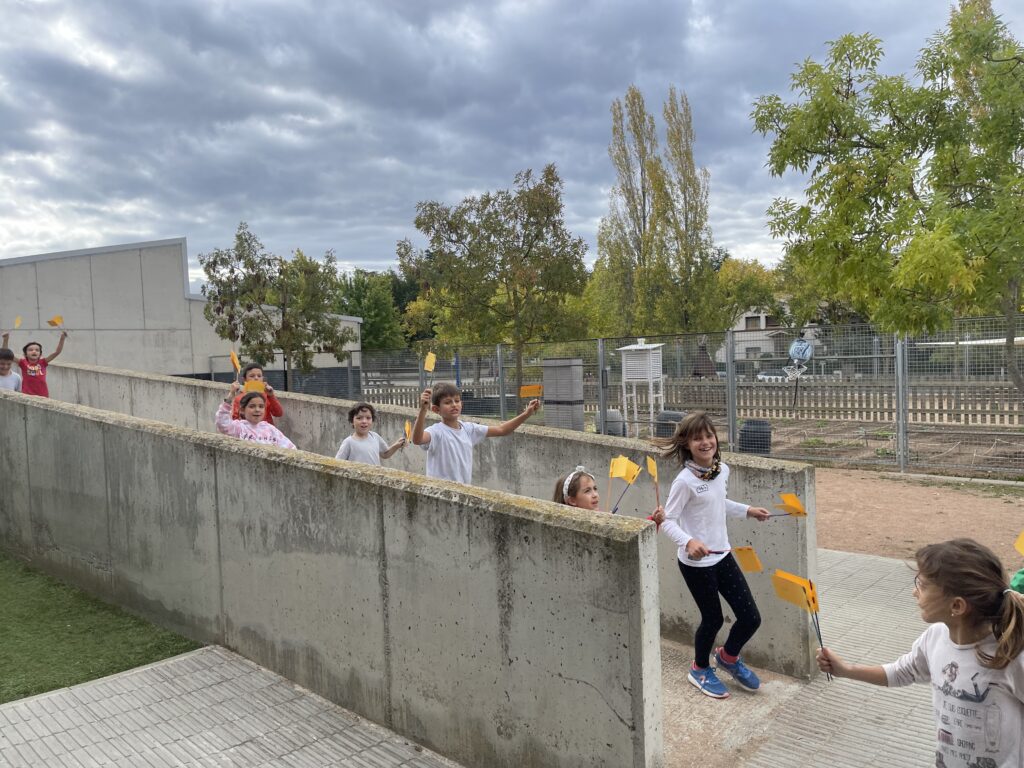

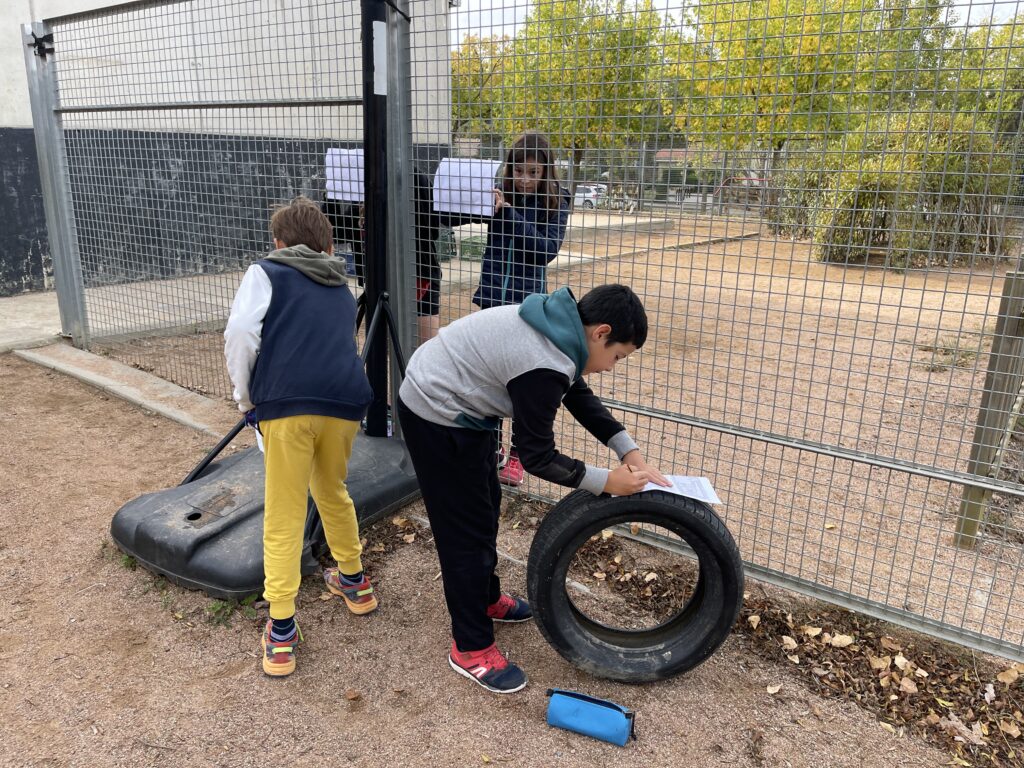

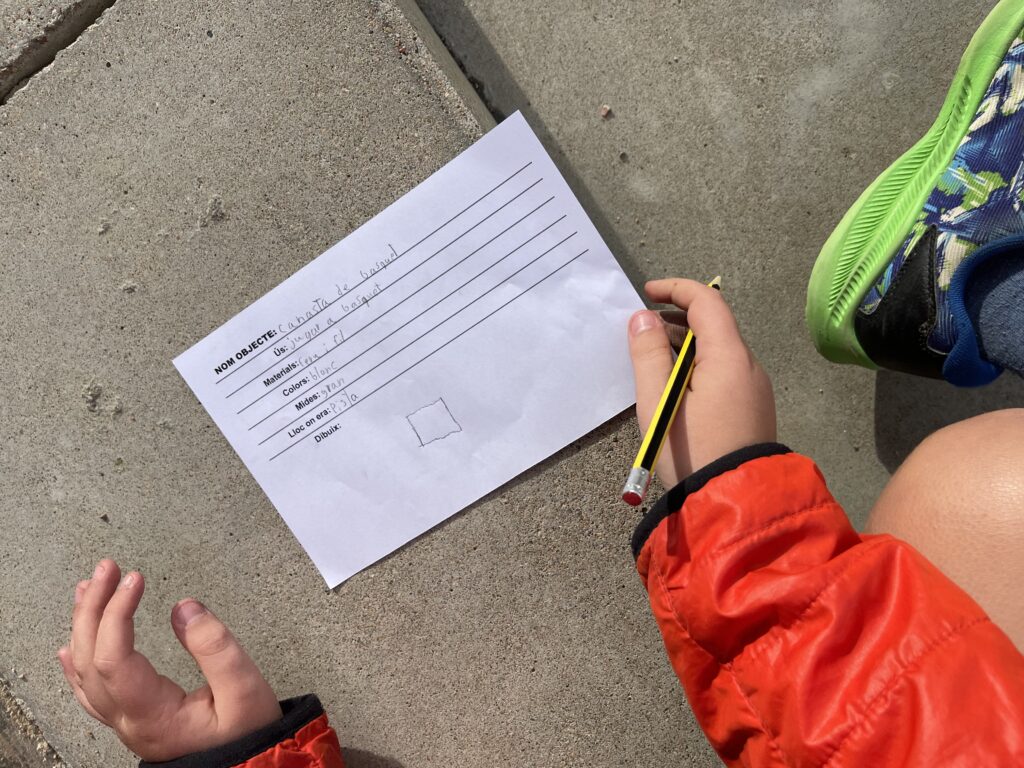
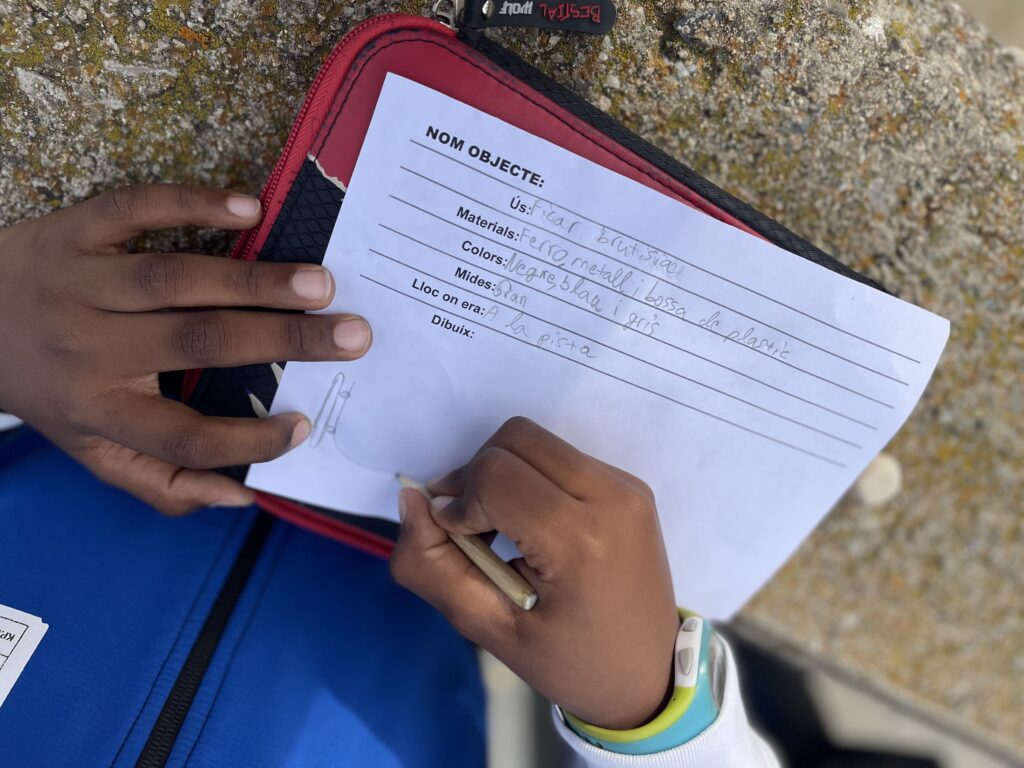
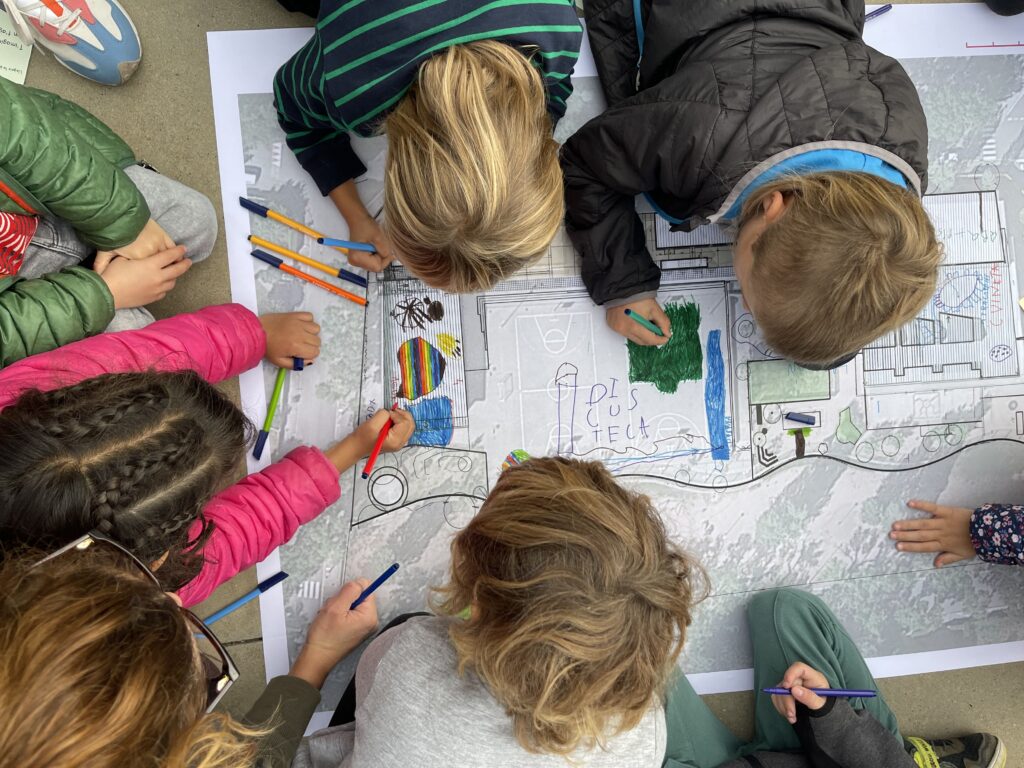

PARTICIPATE AND CO-CREATE
Actively engage users in hands-on activities and working together to design experiments, create surveys, and collect data, fostering a sense of ownership and responsibility for the research process. By actively participating, students develop valuable teamwork and communication skills as they share ideas and contribute to the collective understanding of the schoolyard environment.
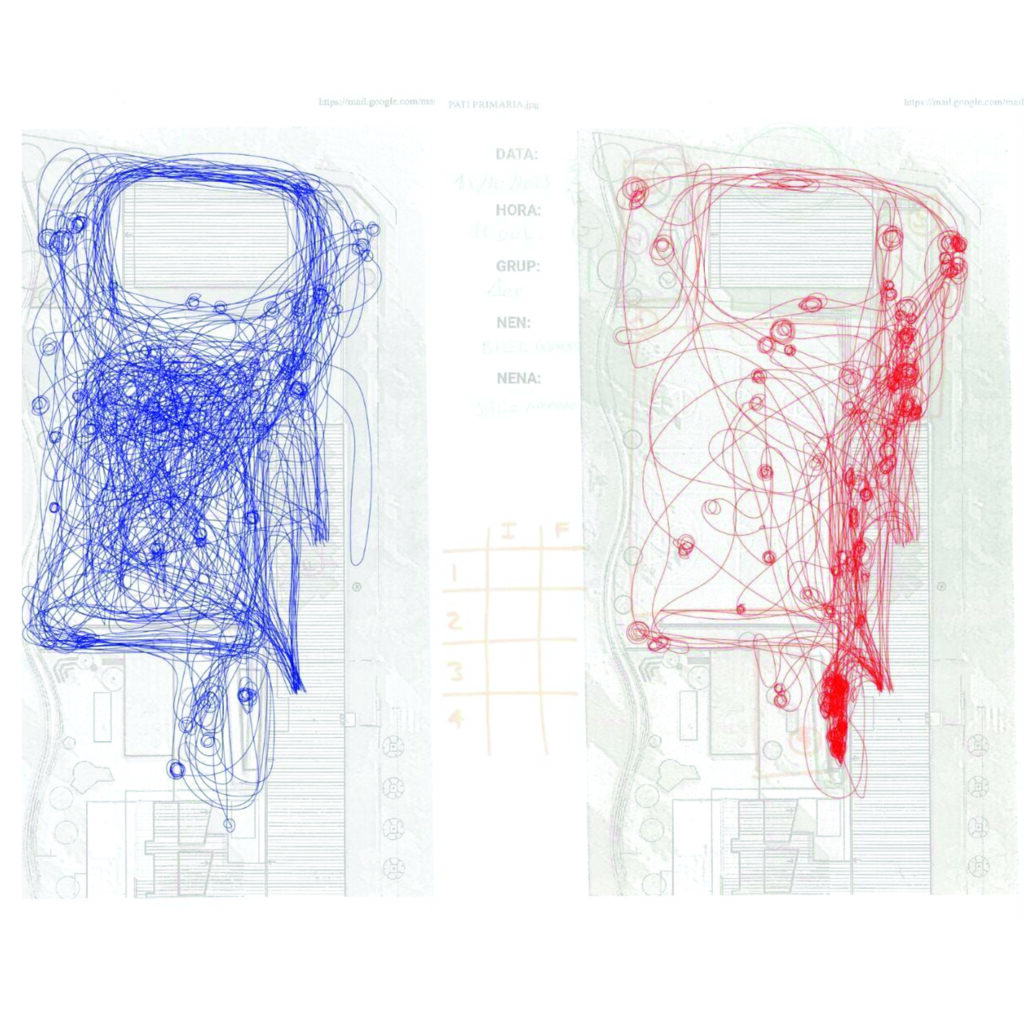


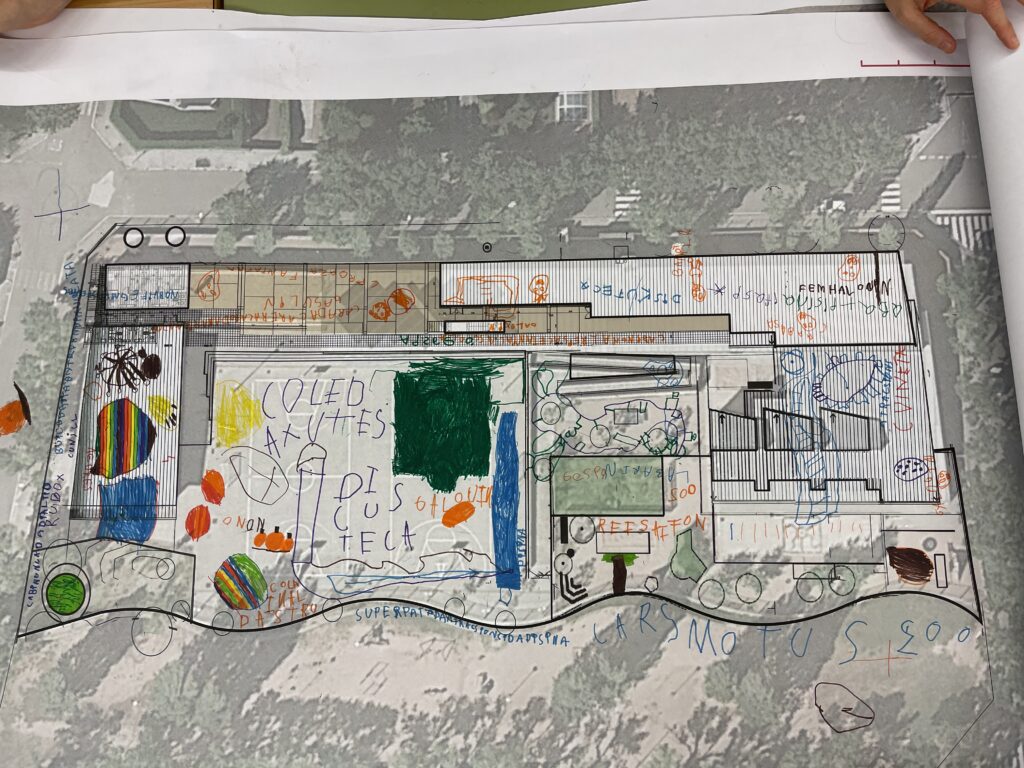

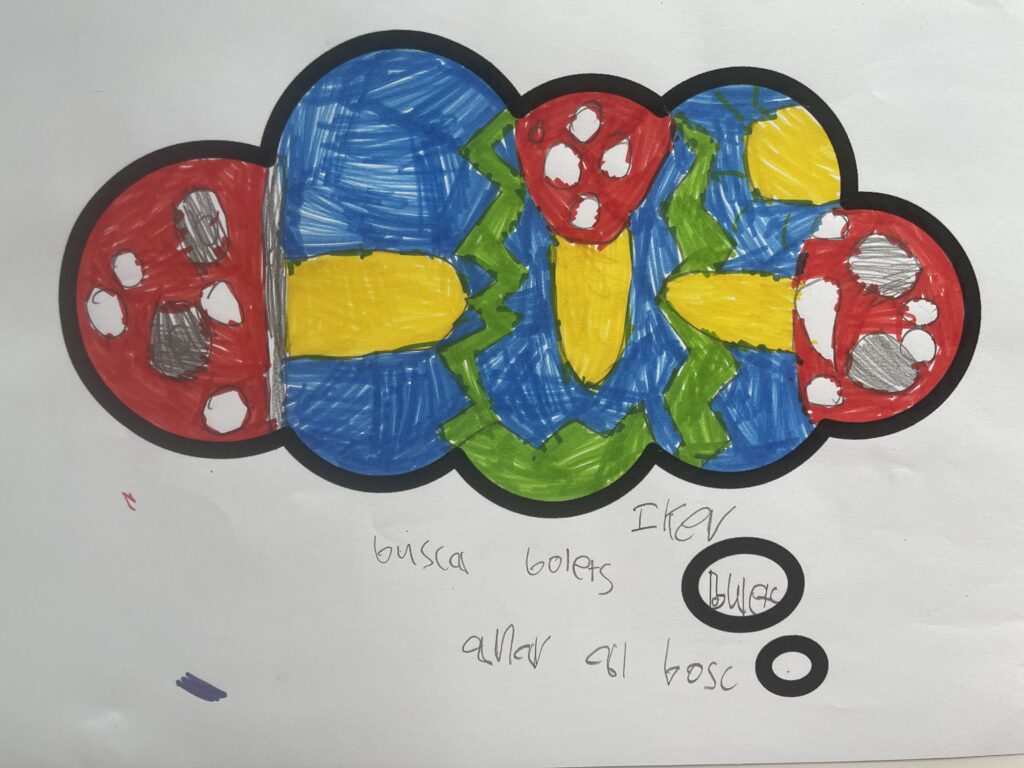

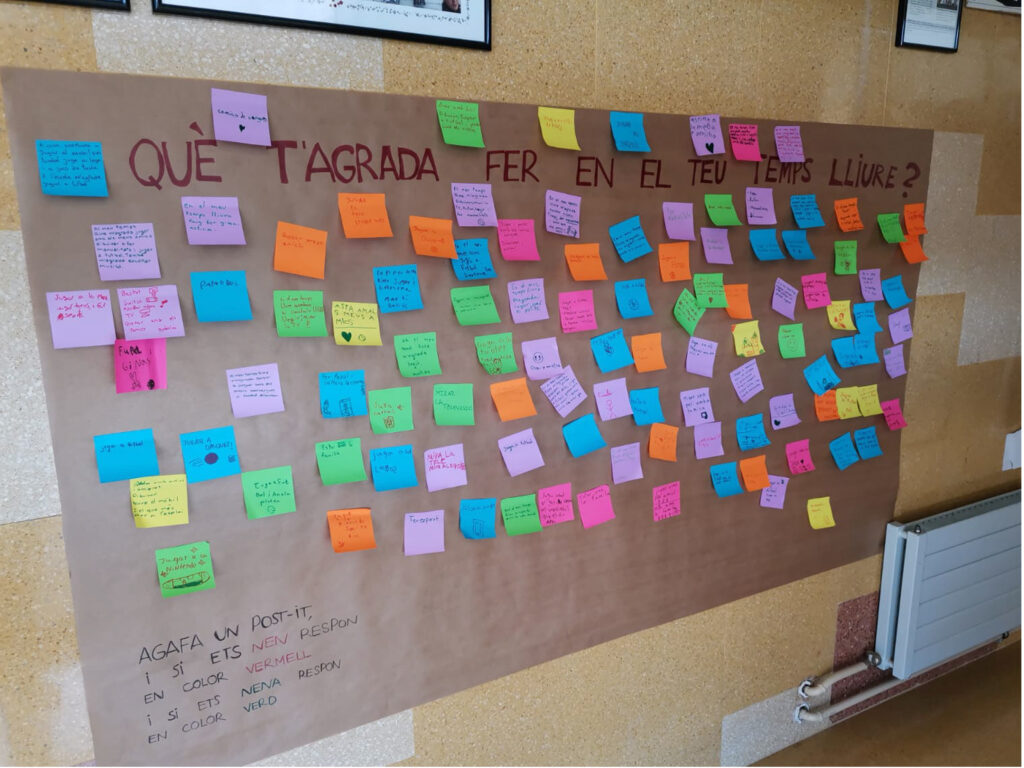
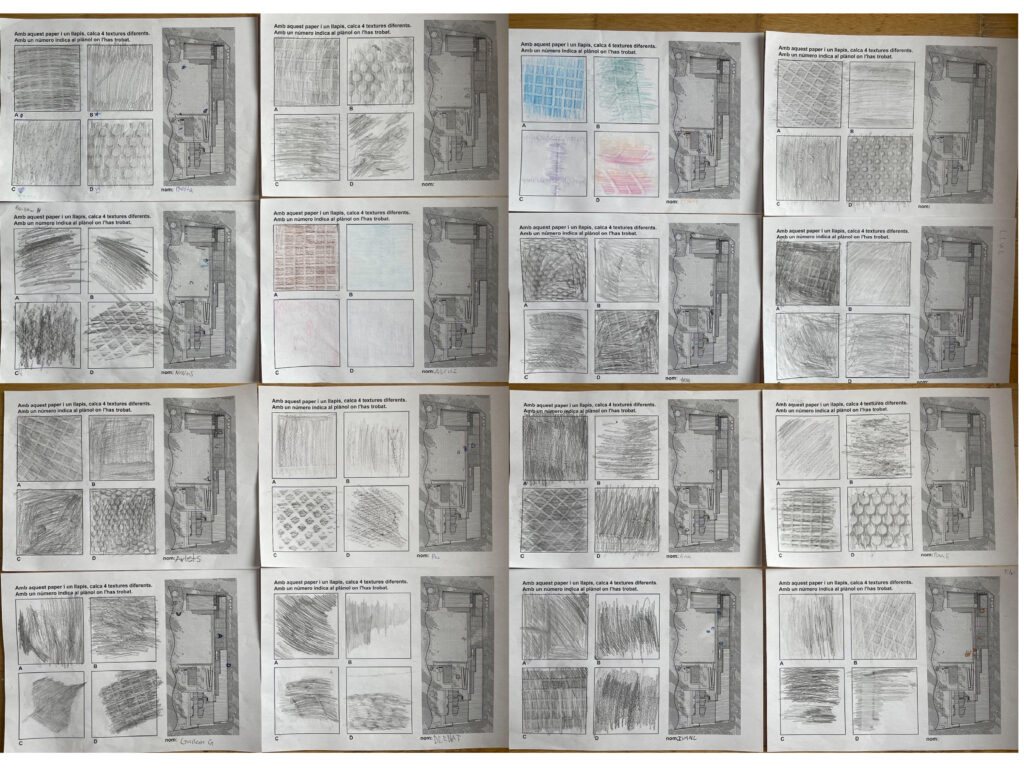
CRITICAL THINKING
Organize data systematically, ensuring its accuracy and relevance to their research objectives. Next, delve into the analysis process, employing critical thinking skills to interpret the findings and identify trends or patterns within the data.
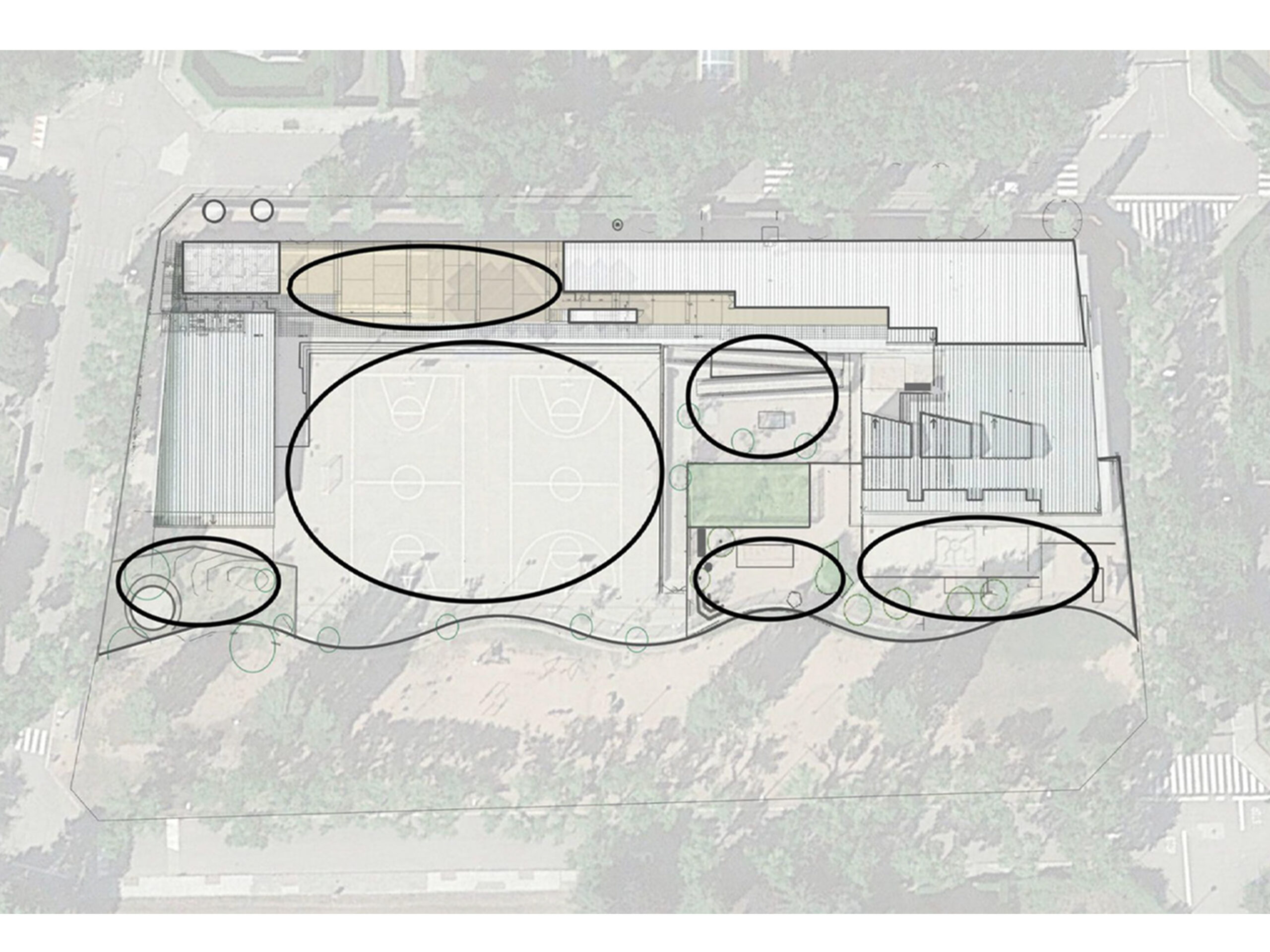


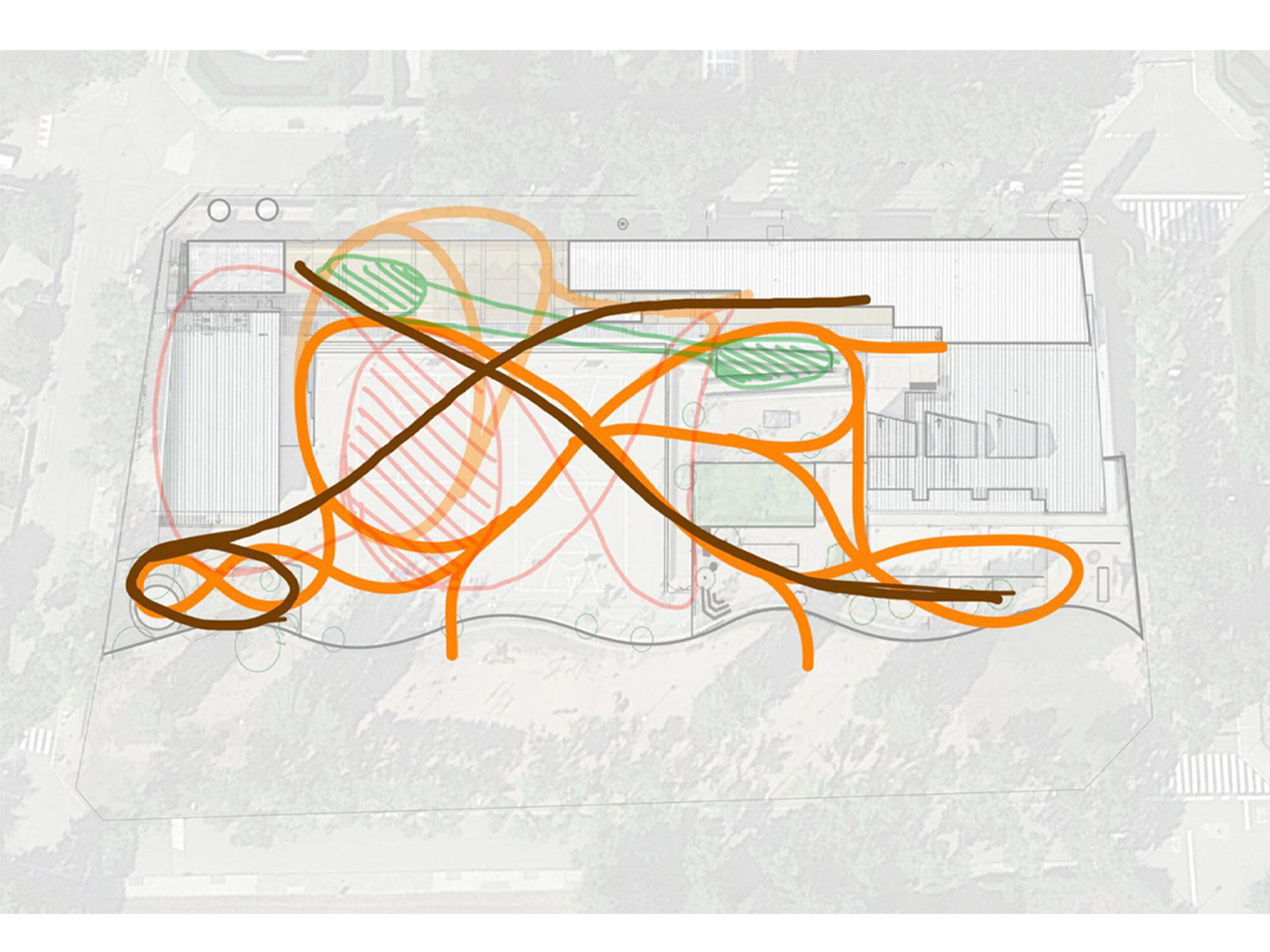
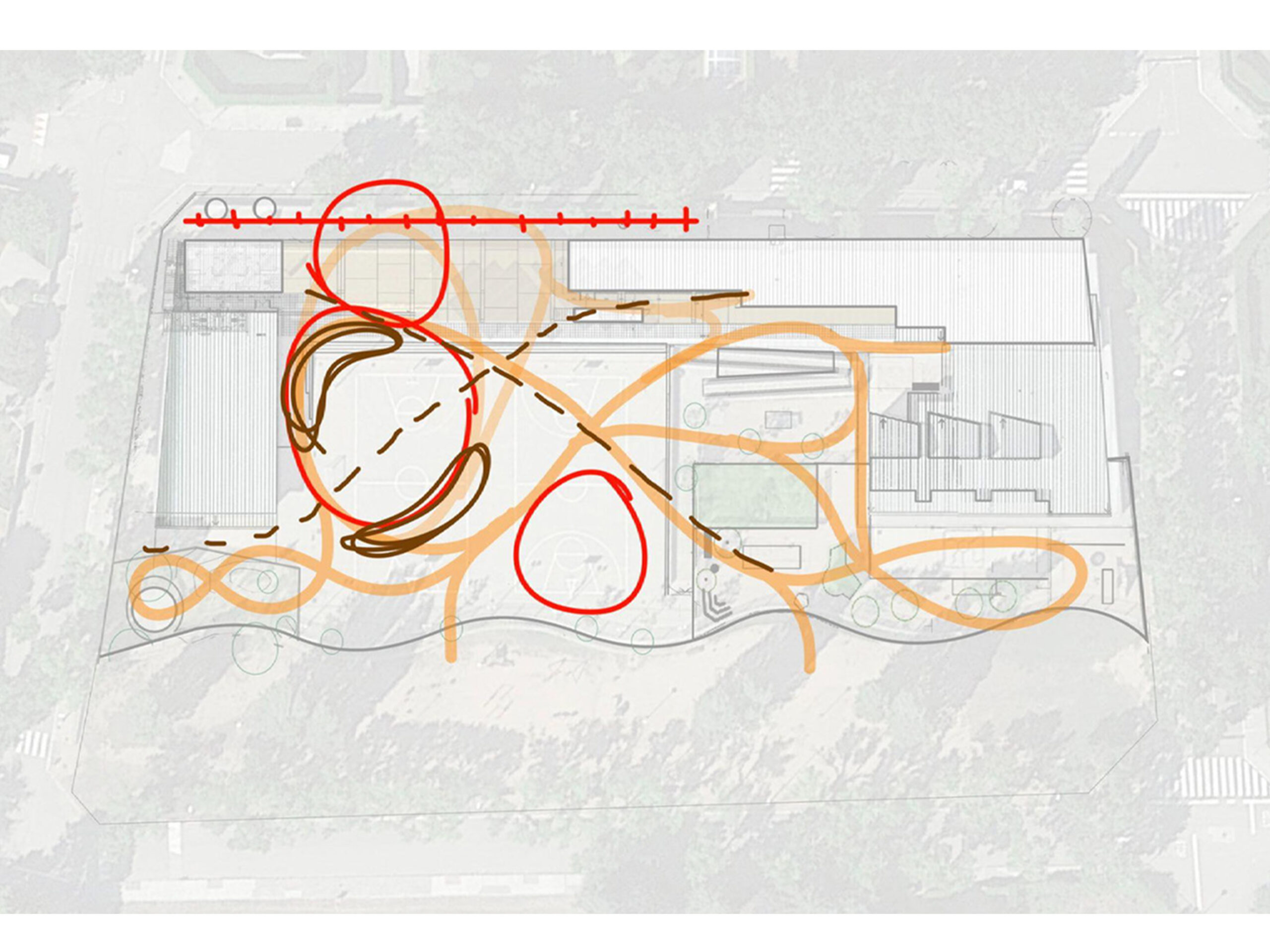
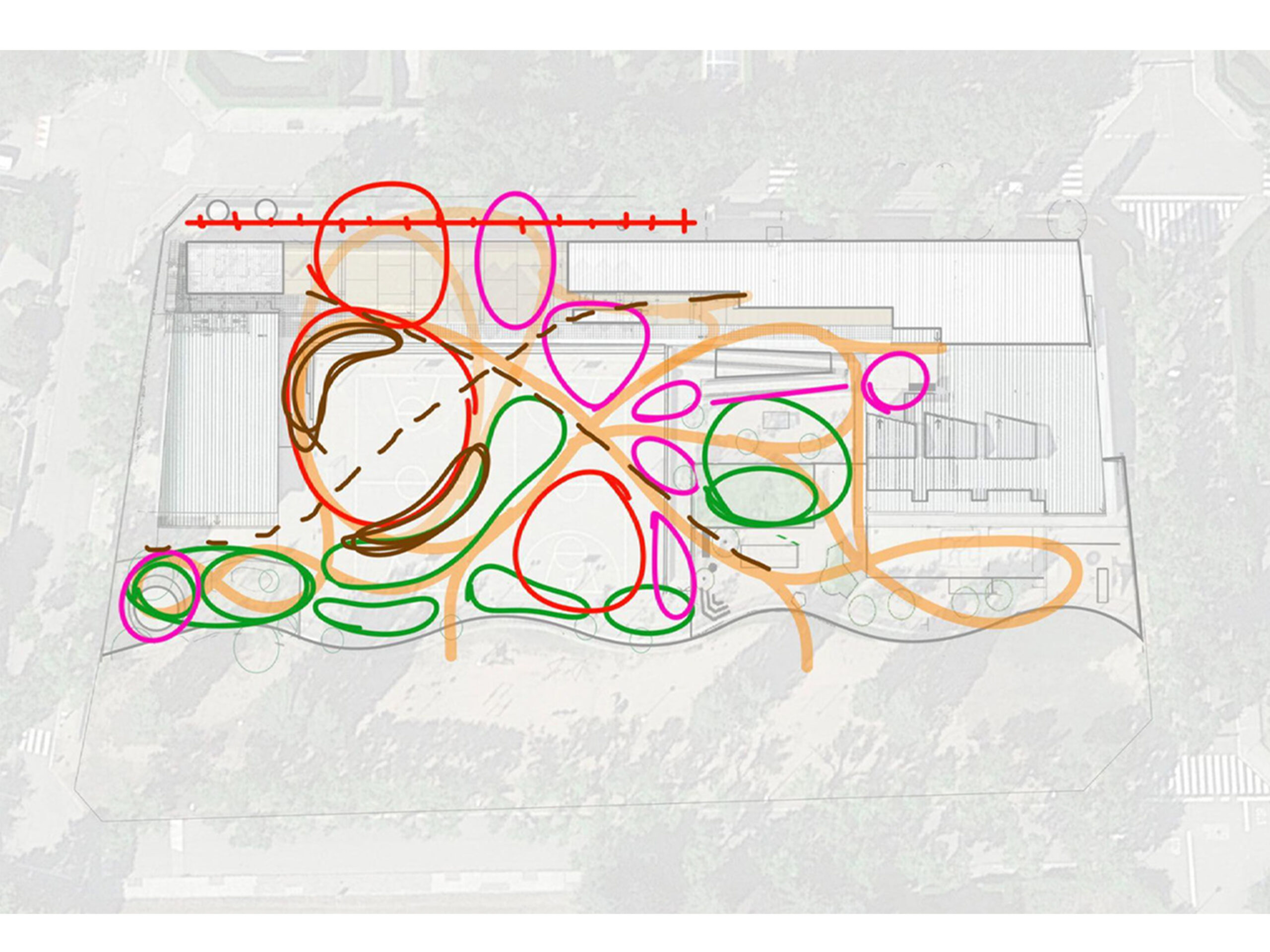

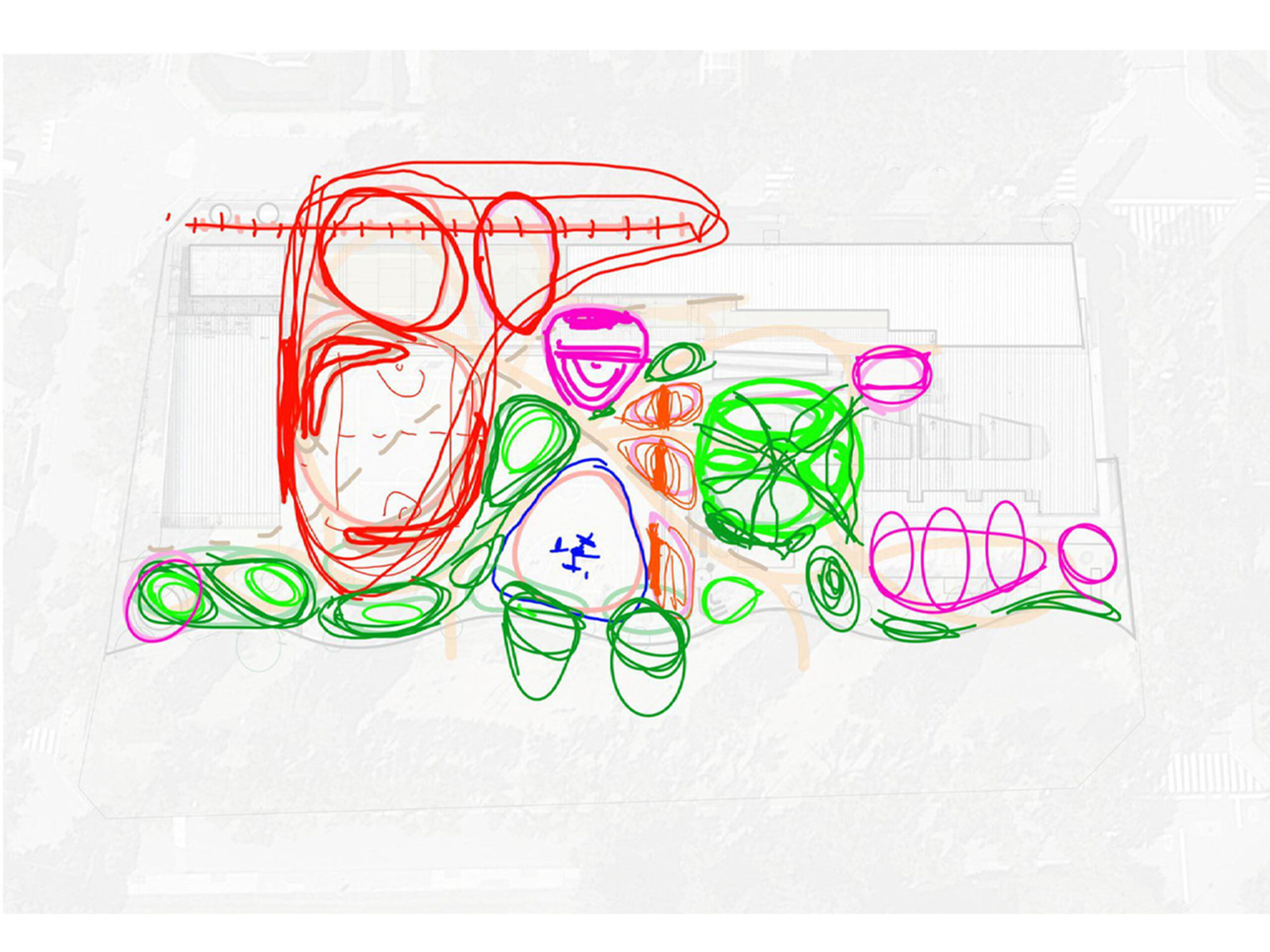
VISION AND DESIGN
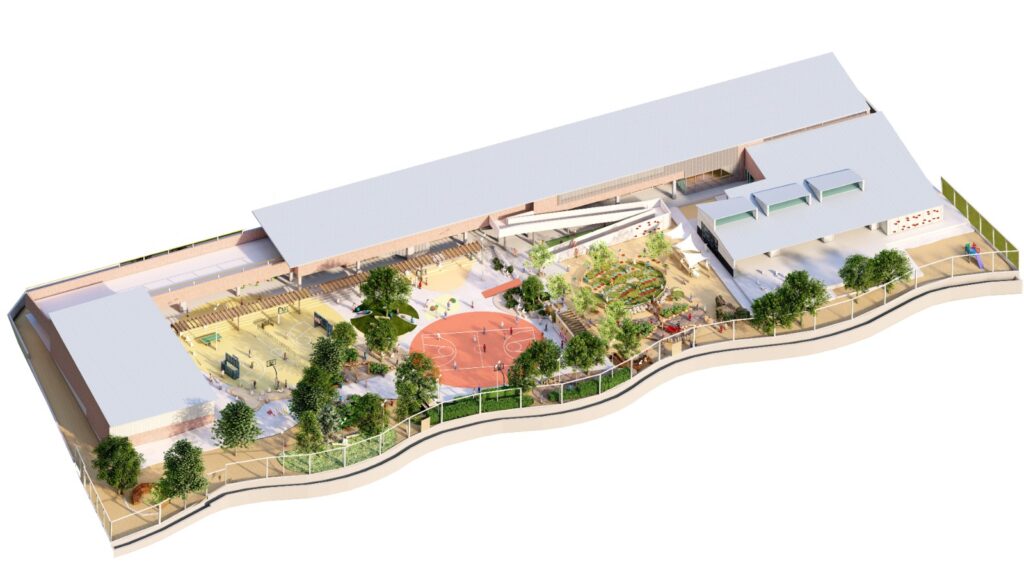

TRANSFORM AND VALIDATE